
CategoryHuman exceptionalism

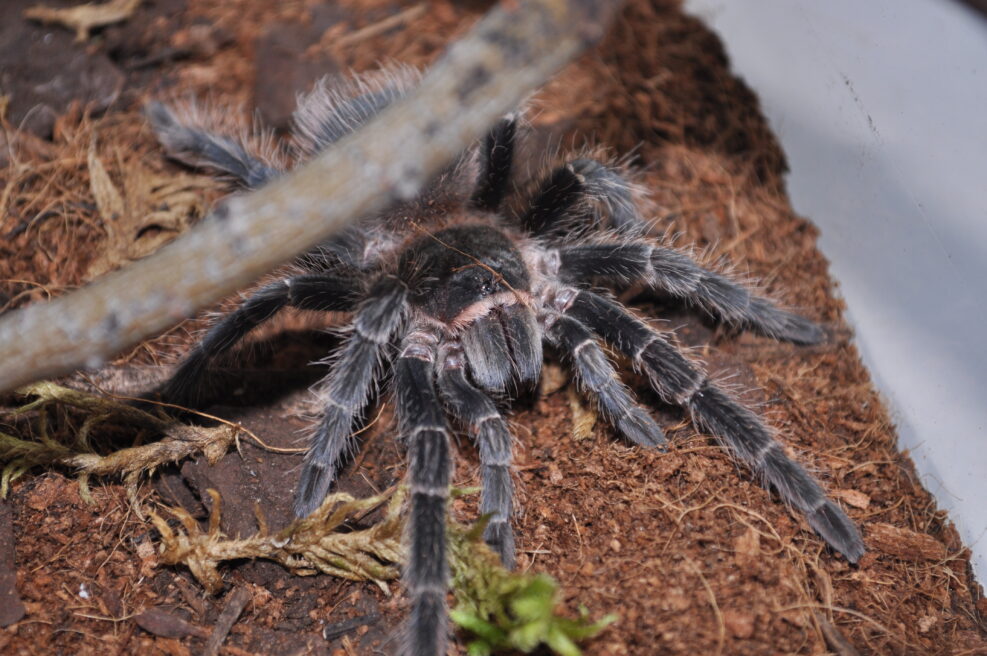
What Does It Mean to Say That Spiders “Dream”?
It means much less than we might be led to think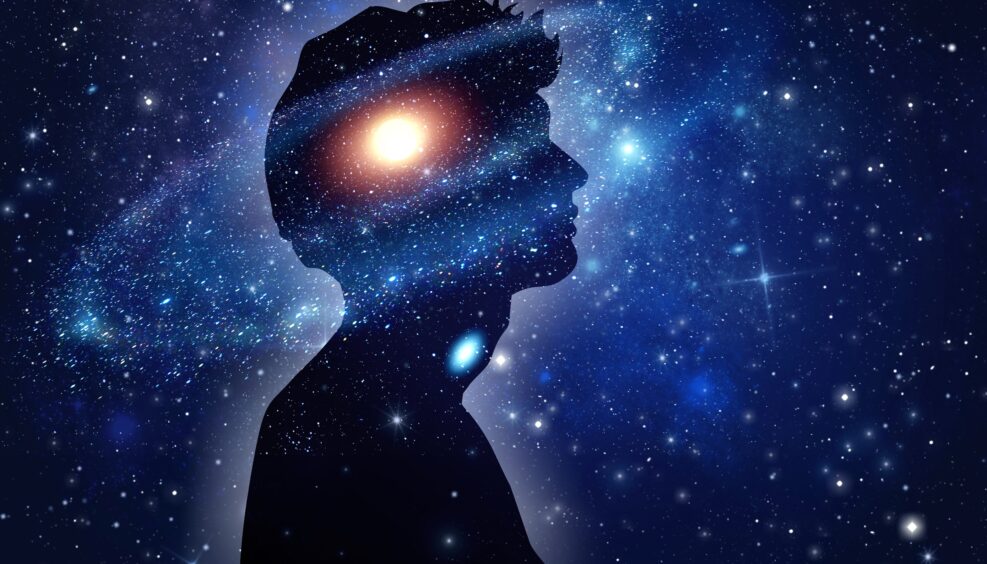
Theoretical Physicist Admits That Humans Are Unique
In his forthcoming book, Marcelo Gleiser challenges us to acknowledge our responsibility to save the planet
Do Cool Floor Buttons Really Cause Dogs To Talk?
The latest fad in “Talk to the animals” appears to be a classic in confirmation bias
Humanity is Not a Terminal Illness
Anti-humanism has been part of the environmentalist movement for decades
Researchers: Neanderthals Invented Process to Produce Birch Tar
The tar can be used for glue, bug repellent, and killing germs. This finding tracks growing recognition of Neanderthals as intelligentMany of us grew up with “Neanderthal!” used as a term of abuse for a stupid person. A 2021 study from the University of Tübingen and others, dusted off at ScienceAlert, paints quite a different picture, in connection with Neanderthals’ manufacture of birch tar. The tar from burnt birch wood can be used as glue, insect repellent, and antiseptic. It can be scraped from a fire naturally or it can be produced in a controlled way. Which method Neanderthals used says something about the development of their culture. The study authors, Patrick Schmidt et al., went to a lot of potentially messy trouble to try to answer the question: Some think of black tar as a happy accident that Neanderthals Read More ›

Should Great Salt Lake Have Rights?
The nature rights movement keeps making inroads into establishment thinking — and people keep ignoring the threatThe nature rights movement keeps making inroads into establishment thinking — and people keep ignoring the threat. The concept has now been advocated in a major opinion piece in the New York Times. Utah’s Great Salt Lake is shrinking — a legitimate problem worthy of focused concern and remediation. Utah native and Harvard Divinity School’s writer-in-residence Terry Tempest Williams — who focuses on “the spiritual implications of climate change” — makes a strong case that the lake is in trouble. A Conservationist Approach Her proposed remedies reflect a proper conservationist approach worthy of being debated: Scientists tell us the lake needs an additional one million acre-feet per year to reverse its decline, increasing average stream flow to about 2.5 million acre-feet per year. A Read More ›
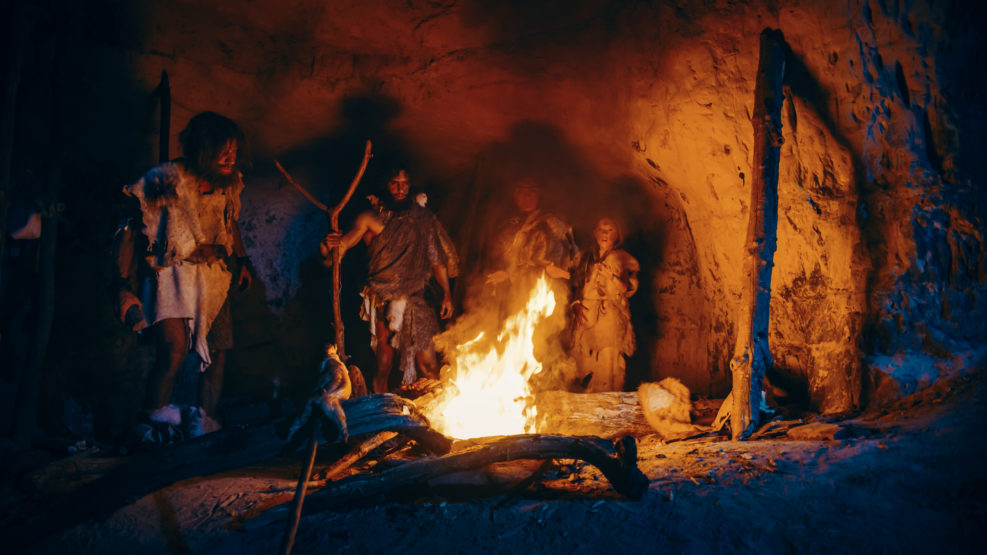
Our Ancestors Were Cooking Much Earlier Than Thought
The more we learn about early humans, the more sophisticated we find their culture to beRecent findings suggest that some things we take for granted in human civilizations are much older than thought. Now, these findings are provisional but they are worth looking at: The owl stones from 5,500 and 4,750 years ago may be children’s art: But new research suggests the palm-sized plaques decorated in geometric patterns and with two engraved circles at the top might be the work of children. Numbering in the thousands and made from slate, the owl-like objects – previously dated the stone objects to be between 5,500 and 4,750 years old – may be “the archaeological trace of playful and learning activities carried out by youngsters,” according to the team of Spanish researchers behind the new study… They suggest Read More ›
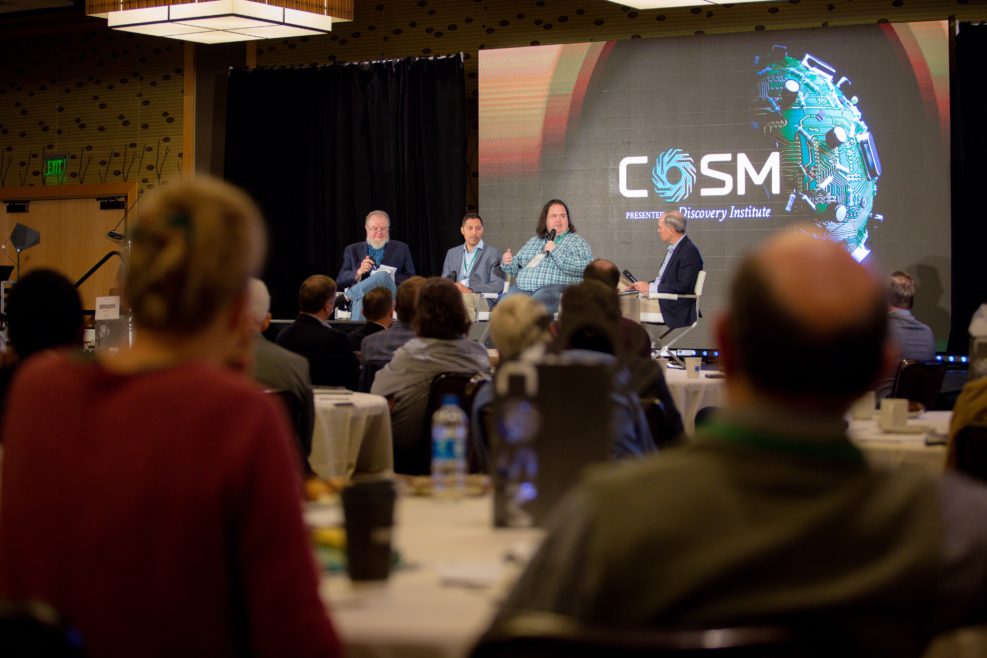
Experts at COSM Debate Whether Chatbot was Sentient
Turned out quite pleasant. Google fired him in 2022 - but what really happened there?Last Thursday morning at COSM, a panel of experts debated whether truly sentient artificial intelligence (AI) could potentially exist — and even whether it already does. Robert J. Marks, distinguished professor of electrical and computer engineering at Baylor University, opened by criticizing the Turing test, as a measure of whether we’ve produced genuine AI. Developed by the famous English mathematician and World War II codebreaker Alan Turing, the test holds that if we can’t distinguish a machine’s conversational discourse from that of a real human, then it must exhibit humanlike intelligence. Marks maintains that this is the wrong test for detecting true AI. In his view, the Turing test fails because it “looks at a book and tries to judge Read More ›

One Thing We Can Know About Computers: They Are Not Creative
Computer engineer Robert J. Marks explains that to David Krieger at the Power HourRecently, Walter Bradley Center director Robert J. Marks was a featured guest on David Krieger’s The Power Hour (KCXL in Liberty, Missouri, and KTRW in Spokane, Washington, September 22, 2022). Despite a short-lived religion based on the idea: https://mindmatters.ai/wp-content/uploads/sites/2/2022/09/Mind-Matters-205-Robert-J-Marks.mp3 Robert J. Marks: In fact, there are entire religions which are based on artificial intelligence. One of the most incredible ones is a guy named Anthony Levandowski, who founded an AI church. In the AI church, here’s some examples. We are told that someday we will be able to be uploaded to a computer, and we can be reborn into an eternal life of silicon. And so that’s kind of copying from the Christian church about immortal life. That’s the way Read More ›
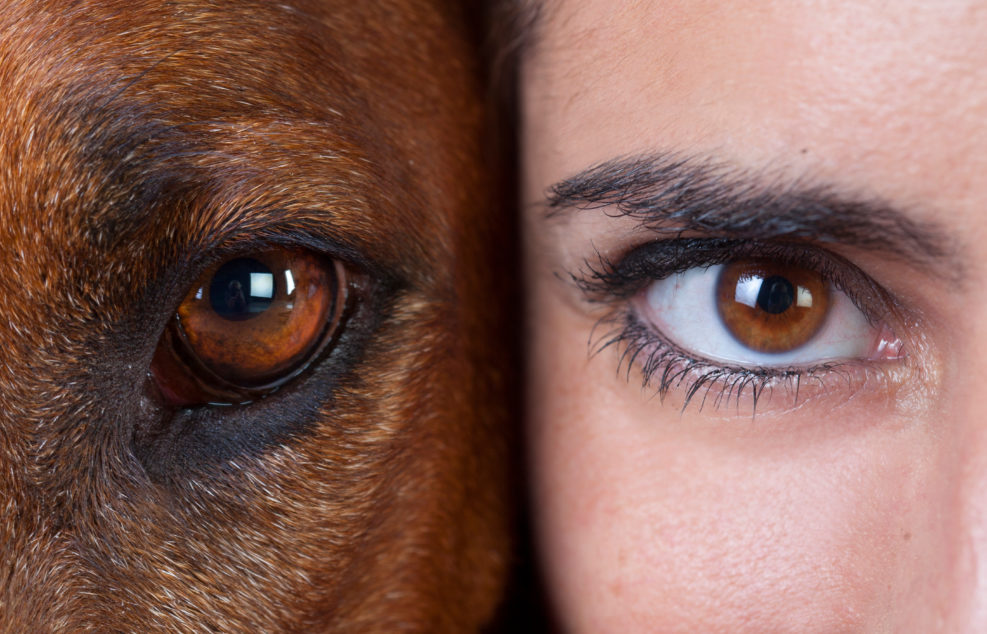
Human Exceptionalism is a Central Theme for Novelist Dean Koontz
Bestselling author Dean Koontz talks fiction, human exceptionalism, and transhumanism with Wesley J. Smith in new podcast episode (Part II)In Part I of this two-part series, we looked at Dean Koontz’s remarks on the purpose of art and the unique role of the novelist in today’s “everything is political” environment. But that’s not all he and Smith discussed on the Humanize Podcast on September 12th. Both had a lot to say about human exceptionalism, authoritarianism, and also…dogs! Koontz spoke about his love for the pups at the end of the episode, but first, discussed how the “animal rights” movement has gone wrong, and how a materialistic worldview can lead to despair. Smith commented how human exceptionalism is a central theme in Koontz’s novels and asked the reason, to which Koontz responded, “There’s no civilization if we don’t recognize Read More ›
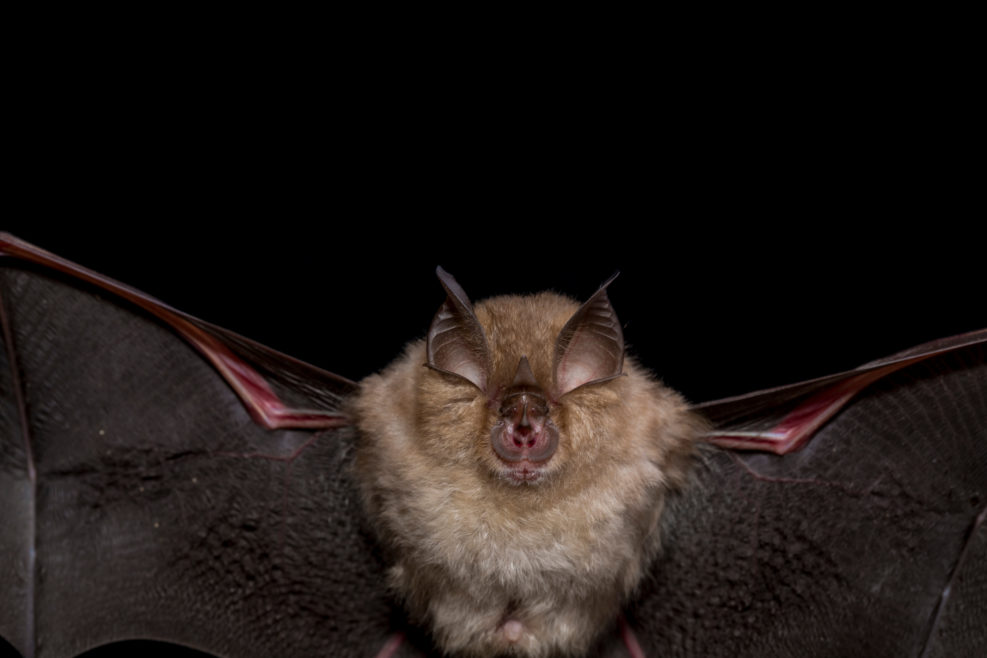
There Really Is a “Batman” and He Isn’t in the Comics
Daniel Kish lost both eyes to cancer as a baby. With nothing to lose, he discovered human echolocationPerhaps one should not really say that Daniel Kish “discovered” human echolocation. Yet, having no other options as a blind infant cancer survivor, he discovered early on — and began to publicize — a sense that few sighted persons would even think of: He calls his method FlashSonar or SonarVision. He elaborated for the BBC: Do people need to be blind to do it? Not necessarily: In 2021, a small study led by researchers at Durham University showed that blind and sighted people alike could learn to effectively use flash sonar in just 10 weeks, amounting to something like 40 to 60 hours of total training. By the end of it, some of them were even better at specific tests Read More ›
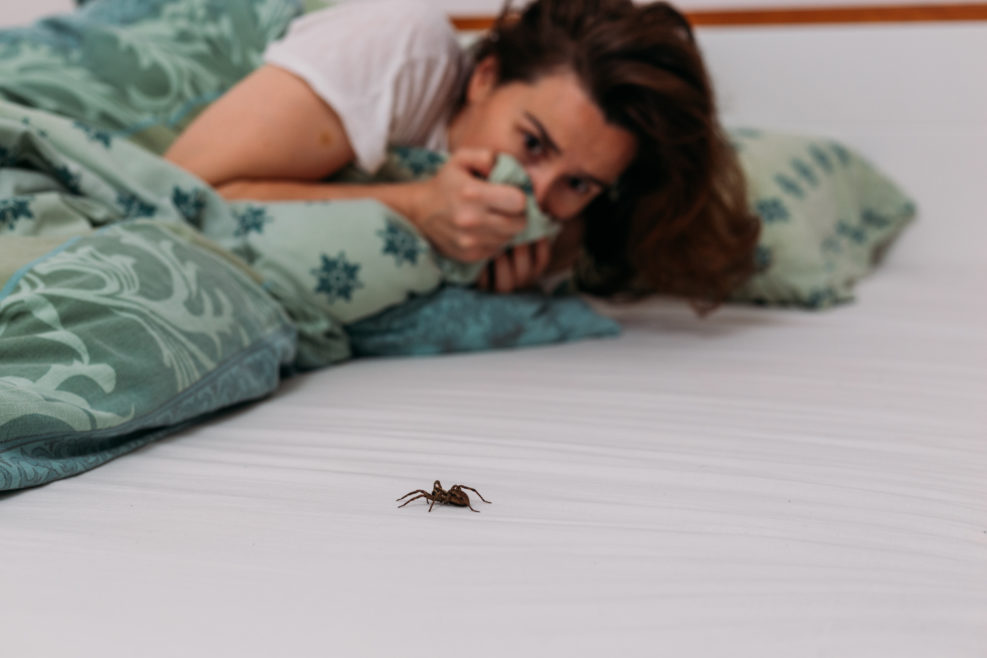
Should Spider Dreaming Really Give Us “Ethical Pause”?
The incidental discovery of REM sleep in spiders is morphing into vast claims that we have “urgent and inexorable ethical obligations” to them and other life formsAnyone familiar with the current “animal consciousness” scene might have seen this one coming. At The Scientist, we learned earlier this month that animals dream, according to researcher David M. Peña-Guzmán. Recently, it was spiders that were found to dream. Therefore, it is now implied, human and animal consciousness do not differ very much: In When Animals Dream, I argue that the mere fact that animals dream poses a formidable challenge to that bastion of traditionalism that is the human-animal divide, raising provocative ethical questions about the status of animals as moral subjects toward whom we have urgent and inexorable ethical obligations. This fact also frustrates the common view that only humans are “cognitively free” because only we can liberate Read More ›

Yes, Plants May Be Conscious Too, Says Researcher
Paco Calvo has authored many papers in respected journals; his view is another instance of panpsychism overtaking materialism in scienceAt one time, claims for animal consciousness and/or intelligence focused on, say, chimpanzees and dolphins, where the animals were enough like humans that what is meant by intelligence or consciousness was clear. Maybe not clear enough for a philosopher but clear enough for practical purposes. The octopus’s intelligence came as a bit of a surprise because it is an invertebrate. But these comparisons with mammals and birds showed that we were still talking about the same thing. We are now told in science publications that bees feel and think and that spiders dream. As science edges slowly toward panpsychism (all life forms participate in consciousness), we even learn — in science journals — that viruses are intelligent and cells are Read More ›
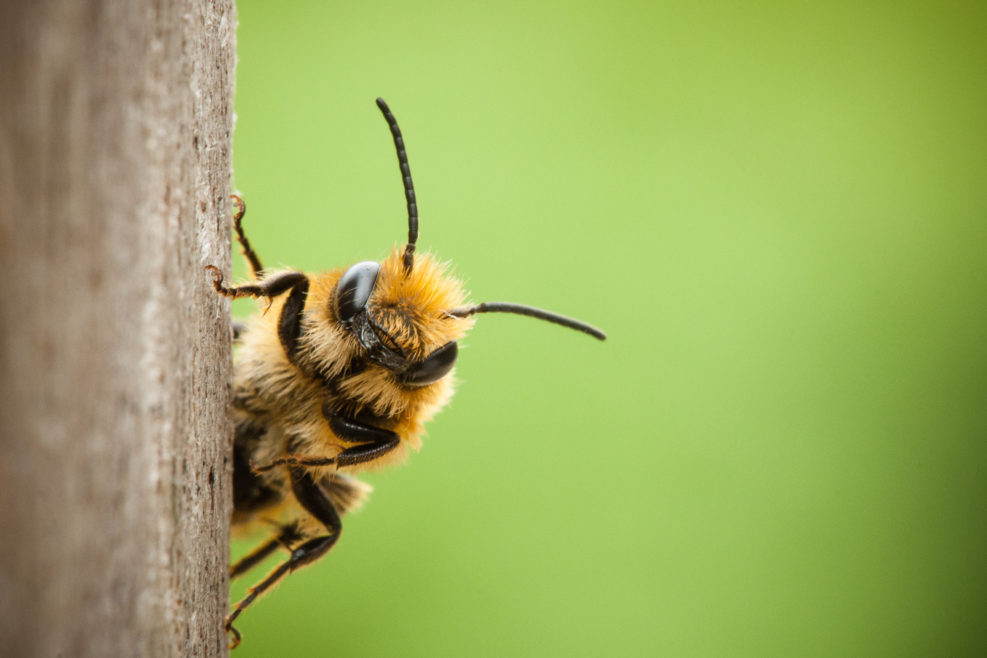
What Does It Mean To Say Bees “Feel and Think”?
The New Scientist reviewer is unsure that we are ready for such a radical message. Unsure? At one time, it would have been branded “NOT science!”Behavioral ecologist Lars Chittka’s book, The Mind of a Bee (Princeton University Press, 2022), is a fascinating detailed description of bee behavior that will cure us of believing that the insect world is devoid of intelligence or sensation. Indeed, in a 2018 essay with Catherine Wilson, Chittka offers many research findings in a shorter format. It’s only in Chapter 11, toward the book’s end, that he makes a controversial claim: From the very start, early in evolution, nervous systems were inseparable from movable bodies with sensors, and developed in order to integrate perception and action. The challenges of survival and self-replication (reproduction) that a moving organism faces are most efficiently met when brain and body are intimately connected, enabling the Read More ›

Claim: We’ve Shown That Dogs Can Form “Abstract Concepts”
It’s a good idea to be skeptical when any such claim is followed up with the assertion that humans “aren’t that cognitively unique after all.”University of Buffalo researchers reported recently on a study of three pet dogs known to them that they had taught to “ponder their past”: Dogs are capable of learning the instruction “do that again,” and can flexibly access memories of their own recent actions—cognitive abilities they were not known to possess, according to the results of a recent University at Buffalo study. “We found that dogs could be trained to repeat specific actions on cue, and then take what they’d learned and apply it to actions they had never been asked to repeat,” says Allison Scagel, Ph.D., the study’s corresponding author, who was a UB graduate student in the Department of Psychology at the time of the research. “Our findings Read More ›
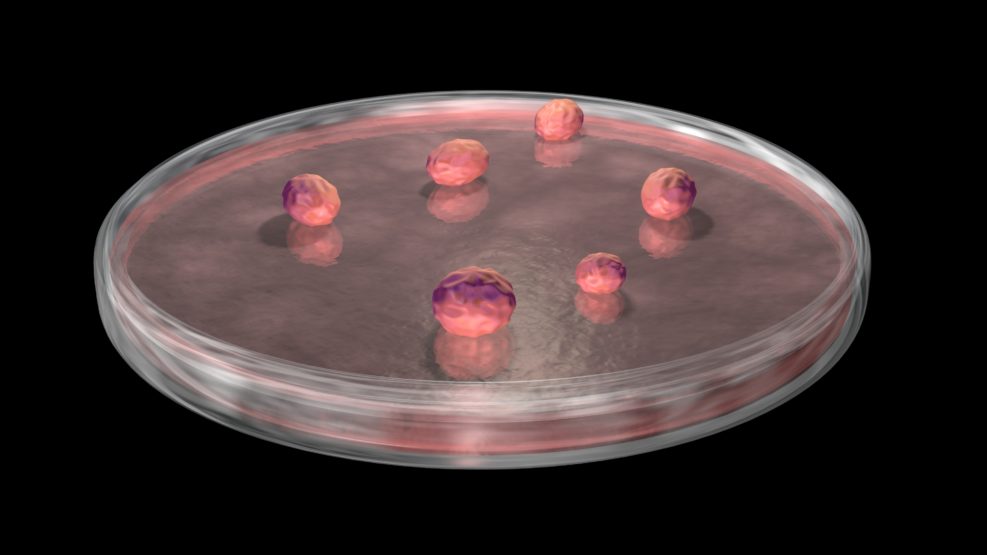
Lab-Grown Brains Are Closer Now. Should They Have Rights?
A new neuroscience research area raises as much concern as excitement: growing mini “human brains” in a lab. The excitement is the prospect of better understanding and treatment of dementia, autism, and motor neuron disease (ALS). The concern is that they will become sentient, capable of feeling. Then what? Starting in 2008, researchers learned that they could coax human stem cells to self-organize into “brainlike structures with electrically active neurons.” Although the cell clusters behave, to some extent, like human embryos, they are not human embryos but skin cells from an adult. That limits the ethical conflict in that the research does not depend on the abortion industry. But ethical issues crop up anyway as groups of cells become more Read More ›
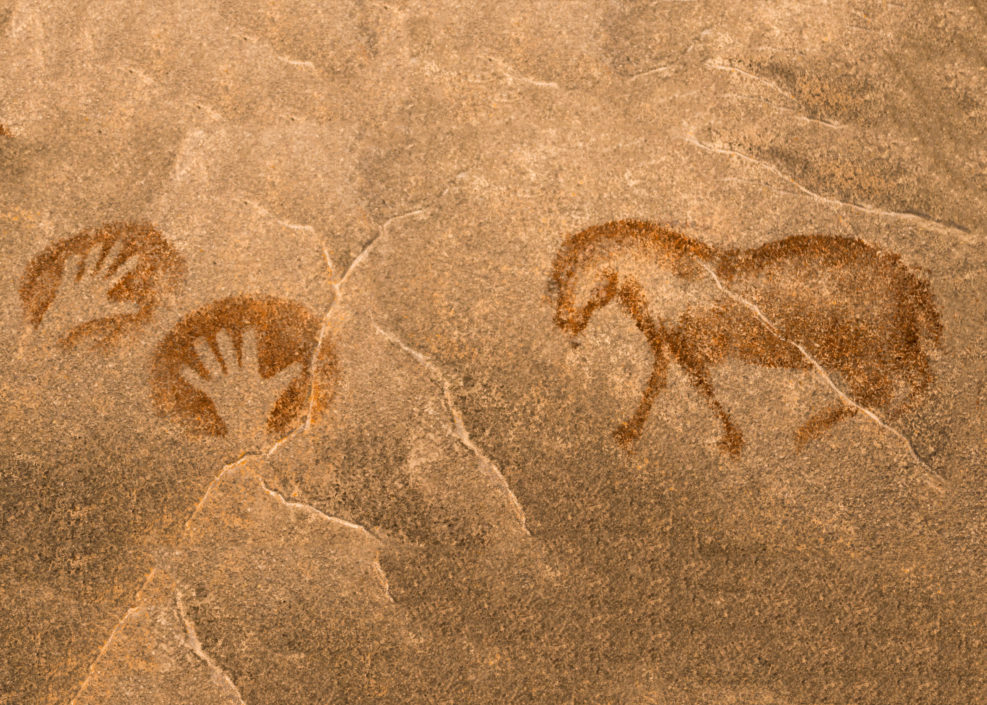
Why Is Neanderthal Art Considered Controversial?
It makes sense that whenever humans started to wonder about life, we started to create art that helps us think about it.Science writer Michael Marshall, author of The Genesis Quest (2020), tells us that many paleontologists resist the idea that early humans called Neanderthals created any artworks. They prefer to attributed all such works to groups that arrived on the scene later. The trouble is, the dates are often hard to determine and the reasoning is sometimes circular. As Marshall puts it, “People had assumed that they could tell the age of cave paintings by the style in which it was depicted,” says [Alistair] Pike. Ever since the first prehistoric art was found in the late 1800s, there has been a sense that art should evolve linearly: the oldest pieces should be extremely simple and abstract, with later ones becoming more Read More ›

The Nose Really Does Know, It Turns Out…
But we usually don’t notice. Our sense of smell may have declined in recent millennia but it is sharper than we thinkAnthropologist Sarah Ives reflects on the experiences of people whose sense of smell fell victim to COVID-19: Melissa, a New York–based podcaster, realized how crucial scent is for safety when she lost her sense of smell. “I kept burning stuff on the stove,” she says. “I’ve sent rotten turkey to school with my kid. I have thought, What if I end up dying because I can’t smell something dangerous, like knowing whether you are going to burn the house down? I’ve literally almost done it three times. There are flames, and I’m just sitting in the other room.” Sarah Ives, “What the Anthropology of Smell Reveals About Humanity” at Sapiens (June 30, 2022) Anosmia, the loss of a sense of Read More ›
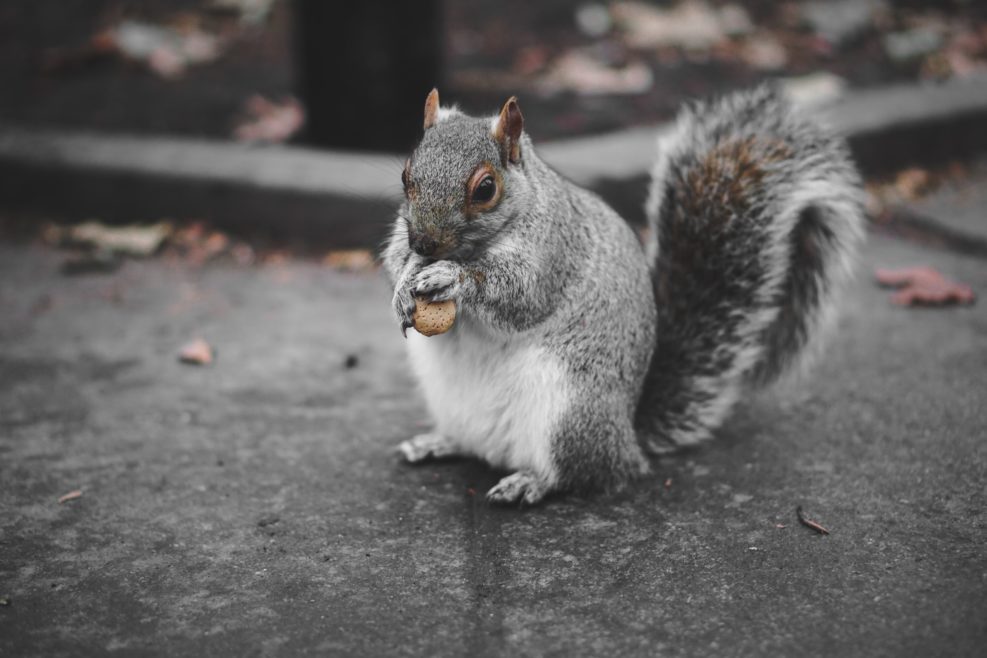
Can Squirrels Really Be Socially Unjust? Check Their Privilege?
A recent paper suggests that the animal world, untroubled for aeons by any notion of conscience, has a lot to answer forThe idea that humans are not really much different from other animals has resulted in an interesting reversal: Writing about non-human animals as if they were humans. A recent essay in Behavioral Ecology, for example, interpreted “wealth inequality” among animals as if the animals were people: “Squirrel privilege is real.” “Checking Privilege in the Animal Kingdom.” “Even Hermit Crabs Have Wealth Inequality.” These headlines hail from Salon and New York Times, respectively, and represent a growing trend among scholars and the media to tackle animal “inequality” — and also argue humans can learn important lessons about income inequality and privilege from such studies. Daniel Nuccio, “‘Checking privilege in the animal kingdom’: Biologists investigate animal ‘inequality’” at The College Fix (June Read More ›